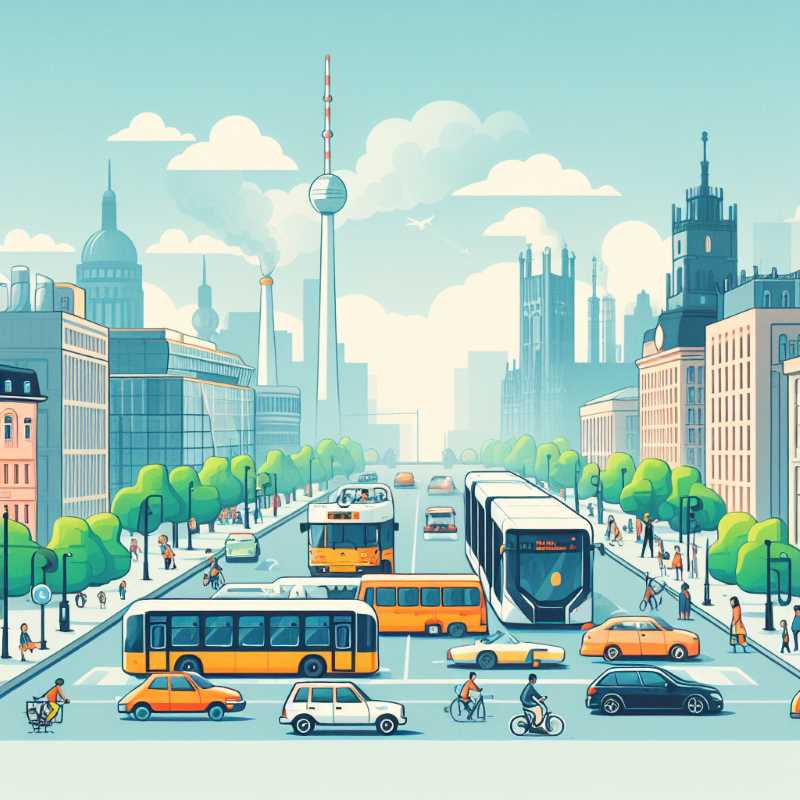How Modernizing Public Transport Can Save Money and the Planet
Ditching cars for efficient public transport can save Mexicans money and emissions. Study says current car dependence burdens the poorest and pollutes cities. Investing in modernized public transit and reducing fuel subsidies could be key to a sustainable future for Mexico.

Mexico's sprawling cities, choked with traffic and pollution, offer a stark reminder of the need for sustainable transportation solutions. A new study from UNAM's Faculty of Economics proposes a radical shift: prioritizing public transport and rethinking car ownership to align with the UN's Sustainable Development Goals (SDGs).
The research, led by Luis Miguel Galindo, Karina Caballero Güendulain, and Luis Fernando González Martínez, sheds light on a hidden cost of car-centric cities: their disproportionate burden on household budgets. Analyzing data from the National Household Income and Expenditure Survey, they found that 25% of Mexicans' spending goes towards “public services” like electricity, water, and transportation. Notably, for the poorest 10%, transportation alone swallows 4.7% of their income, making access to other necessities a struggle.




